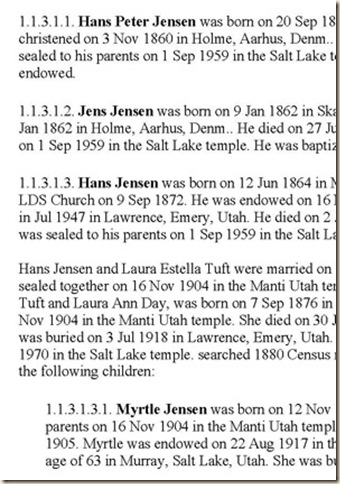One of the most cleaver ideas that I have seen is a family history cookbook. There are several designs but the one that I like the best has a picture of the person whose recipe it was and a little quote or history about them next to the recipe. It takes a little work to gather, but everyone loves family recipes and what better way to keep a family connected than to see a picture of the ancestor each time you make a dish. Start typing up all the great recipes that you have in your family. Add to it the foods you loved when you were young. Then go though the same process with each of your relatives, especially the older ones. As you visit with them, ask what recipes were handed down and if they know who first created it. Just add a few pictures and some quotes from journals or histories and your cookbook will be a great success and a treasure for years to come. (Suggestion: Coil bind it so it will lay flat on the counter.)
Chris Stevenson cs@sgenealogy.com www.sgenealogy.com

